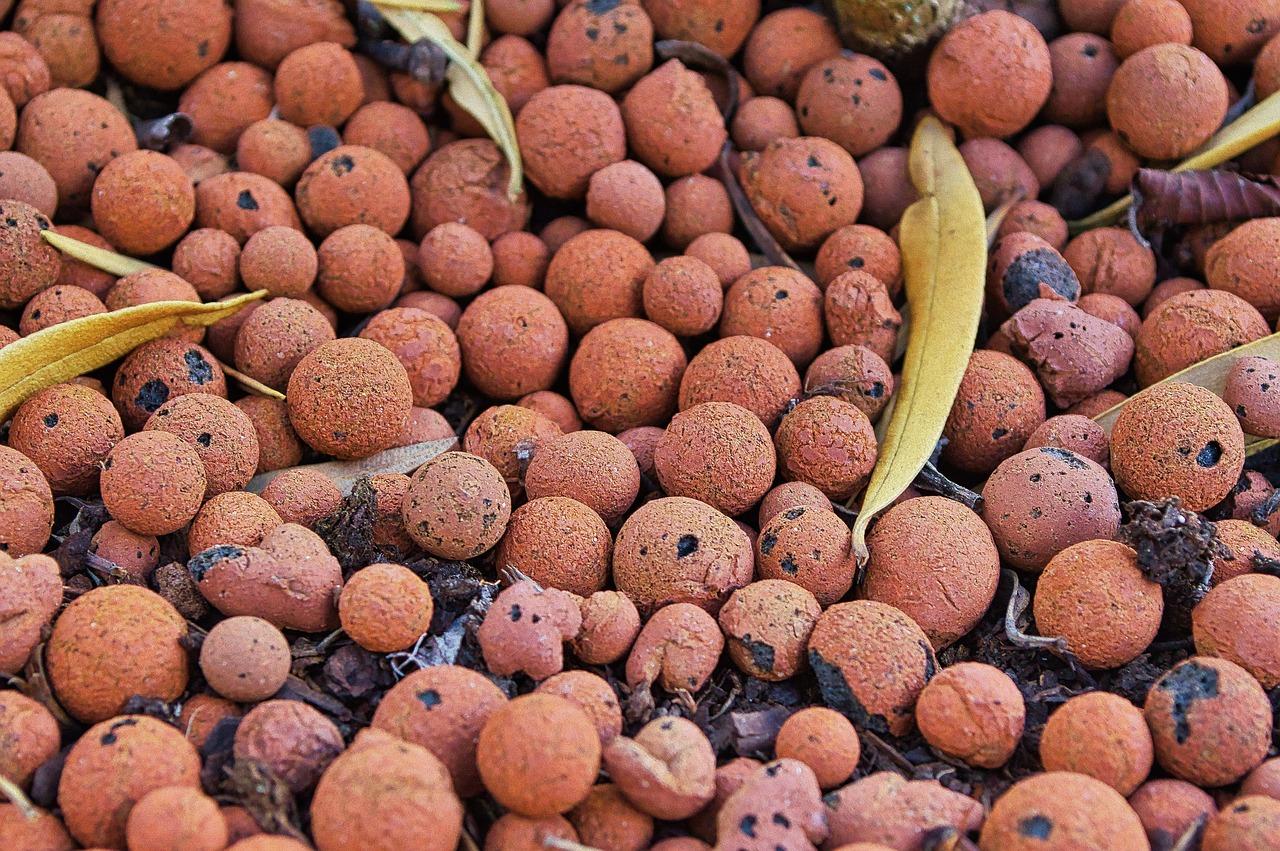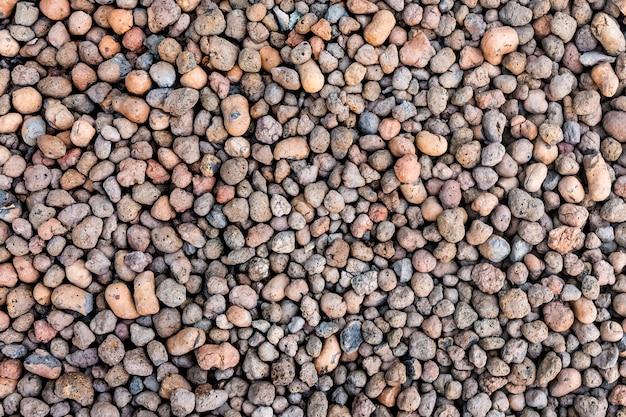Porous materials play a crucial role in various aspects of our daily lives. Understanding their characteristics and properties can provide valuable insights into their applications. Today, we take a closer look at clay, a versatile material that has been used for centuries in pottery, construction, and even skincare. One intriguing aspect of clay is its porosity—how much it can absorb and hold water.
In this blog post, we will delve into the porosity of clay, comparing it to other materials like sand and examining factors that affect its water holding capacity. We’ll explore questions like: Why is clay considered less permeable than sand? Does clay have a high porosity? And which type of clay is best for those with high porosity hair? So grab a cup of tea and let’s uncover the secrets of clay’s porous nature!
How Porous Is Clay
Clay, a versatile material used in various industries and everyday life, has the ability to absorb water like a thirsty camel in the desert. When it comes to porosity, clay is no joke. Let’s take a closer look at just how porous clay can be and why its absorbent nature makes it so fascinating.
The Sponge-like Properties of Clay
Clay, in all its earthy glory, is a master at soaking up liquids. With its sponge-like structure, clay has countless tiny nooks and crannies that eagerly welcome water molecules. These microscopic spaces, known as pores, are what give clay its impressive level of porosity.
The Science Behind Clay’s Porosity
Take a moment to imagine a clay particle as a tiny fortress, housing its own secret water reservoir inside. The walls of this fortress are made up of layers of mineral particles, stacked one on top of the other. It is within the spaces between these particles that the magic of clay’s porosity occurs.
You see, clay particles are negatively charged, attracting positively charged ions, such as sodium, potassium, and calcium. Water molecules, in turn, are attracted to these ions, gradually filling up the pore spaces in the clay. This interplay of charges and molecular forces allows clay to absorb water like a champ.
Clay’s Porosity Scale
Now, let’s dive into the nitty-gritty of clay’s porosity. Clay can have a porosity ranging from low to high, depending on its composition and processing. Generally, less processed clays, like earthenware clay, tend to be more porous than highly processed clays, such as porcelain.
Low-porosity clays have fewer pores and are not as absorbent. These clays are commonly used for decorative purposes or in areas where water absorption is undesirable. On the other end of the spectrum, high-porosity clays, like terracotta, have more pores and absorb water much more readily.
The Magic of Clay’s Porosity
Clay’s porosity has far-reaching implications beyond simply soaking up water. In industries like pottery and ceramics, the porosity of clay affects how it behaves during firing. High-porosity clays shrink and expand more during the firing process, leading to unique textures and finishes.
Moreover, clay’s porosity plays a crucial role in gardening. When used in soil, clay helps retain moisture, providing a steady water supply to plant roots. This feature can be a game-changer in regions with limited water resources or during dry spells.
Embracing the Porosity of Clay
So, next time you hold a piece of clay in your hands, take a moment to appreciate its remarkable porosity. From pottery to gardening, clay’s ability to absorb water is nothing short of amazing. Whether you’re molding clay into art or using it to nurture a flourishing garden, the porosity of clay is one of its most valuable characteristics.
Get your hands dirty, unleash your creativity, and explore the world of clay – a material that embraces water like an old friend.
FAQ: How Porous Is Clay
Introduction:
Welcome to our comprehensive FAQ-style guide all about the porosity of clay! If you’re curious about why clay is less permeable than sand, if clay has high porosity, or even if there’s a way to fix high porosity hair, you’ve come to the right place. We’ve compiled a list of commonly asked questions along with well-researched answers to satisfy your curiosity. So, let’s dig in and uncover the secrets of clay porosity!
Why is Clay Less Permeable Than Sand
Clay’s lower permeability compared to sand can be attributed to the particle size and structure. While sand particles are larger and have more space between them, clay particles are much smaller and tend to clump together tightly. This compactness reduces the movement of water through the clay, making it less permeable.
Is High Porosity Hair Good
Absolutely! High porosity hair can be a blessing in disguise. Although it may absorb moisture quickly, it also has the ability to retain it for longer periods. Think of it as having a hair sponge that can soak up all the nourishment and hydration it needs. So, embrace your high porosity hair and let it thrive!
Does Clay Have a High Porosity
Yes, indeed! Clay has a relatively high porosity due to its minute particle size and its ability to retain moisture. A larger surface area means more tiny pores, providing ample space for water and other substances to be absorbed and retained within the clay.
What is the Effective Porosity of Clay
The effective porosity of clay refers to the percentage of interconnected pore space that allows fluid (such as water) to flow through it. Clay typically has an effective porosity ranging from 10% to 40%, depending on its composition and compactness.
Is Clay More Dense Than Sand
Yes, clay is generally denser than sand. Its smaller particles and tightly packed structure give it a higher density compared to the looser structure of sand. So, if you’re looking for something heavier to work with, clay might be your go-to material.
Why is Soil Porous
Soils can vary in their porosity due to factors such as particle size, soil structure, and organic matter content. The presence of air-filled pores, created by the arrangement of soil particles, allows fluids to infiltrate and move through the soil, making it porous.
What is a Good Porosity Percentage
A good porosity percentage depends on the specific materials and their intended use. In general, soil with a porosity percentage of around 30% to 50% is considered ideal for promoting proper drainage while retaining adequate moisture for plant growth.
Why is Clay High Porosity
Clay has high porosity due to its inherent particle characteristics. The tiny particles interlock and create abundant empty spaces or pores where fluids (like water or nutrients) can accumulate. This makes clay a desirable material for activities such as pottery and sculpting.
Which Clay is Best for High Porosity Hair
For high porosity hair, it is generally recommended to use clays like Bentonite or Rhassoul. These clays have excellent absorbing properties and help control excess moisture. They can work wonders in regulating your hair’s moisture balance, providing nourishment and taming frizz.
How Can You Tell if Soil is Porous
A simple way to check soil porosity is through the “soil jar test.” Fill a glass jar with soil and water, then shake it vigorously and let it settle. After some time, you’ll notice layers forming in the jar. The thickness and composition of these layers can help determine the porosity of the soil.
Why is Clay Less Porous
Clay’s relatively low porosity stems from its densely packed particle structure. Unlike other materials that have larger pores or gaps between particles, clay particles fit tightly together, leaving less additional space for fluids to pass through. Hence, it is less porous than other substances.
Which Soil Type was the Least Porous
Among the soil types, clay is typically the least porous due to its compact particle structure and smaller pore size. Sand, on the other hand, tends to have larger particles and more space between them, resulting in higher porosity and better permeability.
How Often Should High Porosity Hair Be Washed
The frequency of washing high porosity hair varies based on personal preference and individual hair needs. However, since high porosity hair can easily accumulate product buildup and become dry, it is generally recommended to wash it every two to three days to maintain its health and moisture balance.
Which of the Following Materials is the Least Porous
Out of the materials listed, clay soil is the least porous. Its tightly packed particles and fine structure inhibit the flow of fluids. On the other hand, sandstone, gravel, and pumice have relatively larger pores and thus exhibit higher porosity.
Is Clay Soil More Porous Than Sandy Soil
No, sandy soil is usually more porous than clay soil due to the larger particle size and looser structure of sand. The gaps between sand particles allow water and air to move more freely through the soil, resulting in higher porosity compared to clay.
Is Sandy Soil More Porous Than Clay
Yes, sandy soil is generally more porous than clay soil. The larger particle size of sand and its relatively loose arrangement provide more space for fluid movement and infiltration. So, if you’re seeking porous soil, sandy soil might be your top pick.
Does Clay Hold More Water Than Sand
Indeed it does! Clay has excellent water-holding capacity due to its high porosity and ability to absorb and retain moisture. While sand drains water more quickly, clay excels in holding onto water, making it ideal for plants that require consistent access to moisture.
Can You Fix High Porosity Hair
Although you can’t change your hair’s porosity, you can control and improve its condition. By adopting a proper hair care routine, using deep conditioning treatments, and avoiding harsh chemical treatments, you can effectively manage and maintain the health of high porosity hair.
How Do You Keep Soil Porous
To keep soil porous, it’s important to enhance its organic matter content. Incorporating compost, mulch, or other organic materials into the soil promotes the formation of stable soil aggregates, creating spaces for air and water movement. Regular aeration and avoiding overcompaction also help maintain soil porosity.
How Do You Make Clay Soil Porous
Improving the porosity of clay soil involves adding amendments to enhance its structure. Adding organic matter, such as compost or well-rotted manure, helps increase clay soil’s pore volume, allowing better water infiltration and root growth. Additionally, aerating the soil and avoiding heavy machinery on compacted areas can also improve its porosity over time.
What Type of Pores Does Clay Soil Have
Clay soil primarily consists of micropores, which are extremely tiny pores created by the arrangement of clay particles. These pores can hold water tightly and prevent its movement, making clay soil an effective water retainer.
Which Soil Has the Most Water Holding Capacity
Clay soil generally has the highest water holding capacity. Its fine particles and abundant micropores enable it to absorb and retain large amounts of water compared to other soil types. This quality makes clay soil suitable for plants that require continuous moisture.
Is Sandy Soil Porous
Yes, sandy soil is known for its excellent porosity. The larger particle size and looser structure of sand create ample spaces between particles, allowing easy movement of air and water through the soil. So, if you’re looking for good drainage and aeration, sandy soil is your friend.
What is the Average Porosity of Clay
The average porosity of clay can vary depending on various factors, including its composition and compactness. However, clay typically has an average porosity ranging from 40% to 60%. This ample pore space contributes to its ability to retain water effectively.
Conclusion:
That wraps up our FAQ-style guide on the porosity of clay. We hope we’ve answered your burning questions about why clay is less permeable than sand, how to deal with high porosity hair, and much more. Remember, clay may be less porous, but its multitude of applications and benefits make it a valuable material. Stay curious and keep exploring the fascinating world of clay!

